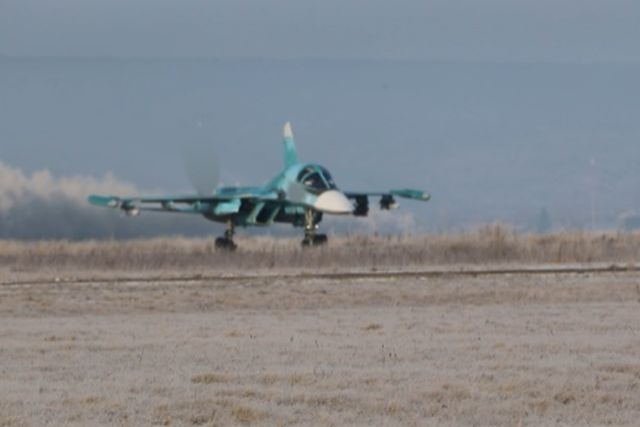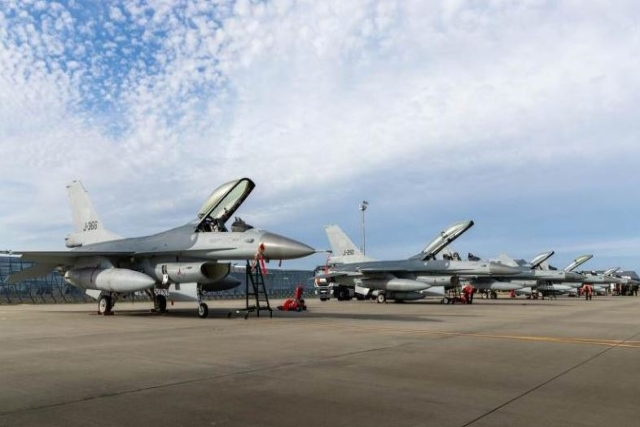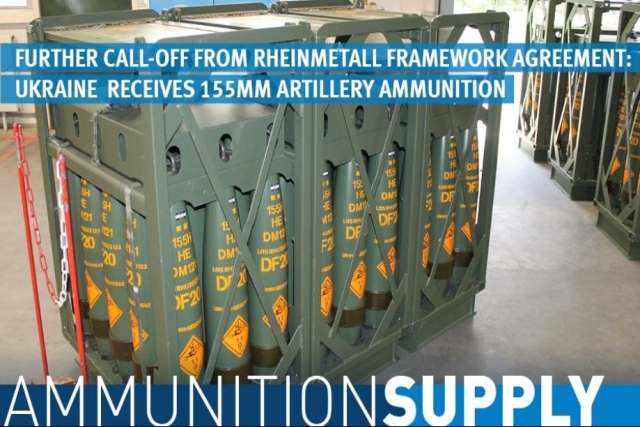Drones that Mimic Fighter Jets Launched by Ukraine
These jet-powered decoy drones fly at 800 kmph which is the cruising speed of most Russian fighter jets
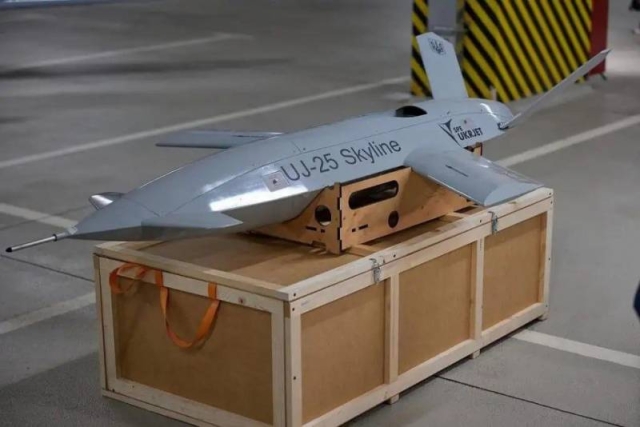
In a first, Ukrainian forces launched UJ-25 Skyline drones towards Russia in an attempt to identify the positions of Russian air defense systems such as the S-300 and S-400.
The attack, however, was successfully repelled, Russian media reported.
Experts speculate that the Ukrainian military's intent was solely reconnaissance, as opposed to striking targets on Russian territory. The UJ-25 Skyline UAV is designed specifically for this purpose, employing its capabilities to identify the positions of Russian anti-aircraft missile systems both near the contact line and within the depths of defense.
The UJ-25 Skyline's jet engine closely resembles that of a cruise missile or fighter on Russian air defense radars. This characteristic prioritizes it as a target for anti-aircraft missile systems. Military analysts suggest that this tactic could enable the Ukrainian Armed Forces not only to pinpoint air defense positions but also to exploit gaps in the air defense for subsequent use of more substantial weapons.
Notably, the UJ-25 Skyline UAV boasts a maximum speed of 800 km/h, placing it in a speed range similar to most fighters. With a small payload capacity of ten kilograms, it aligns with the reconnaissance mission hypothesis.
Recent images of the remains of a UJ-25 Skyline drone on Russian territory have surfaced, indicating its active deployment by Ukraine. The drone, which reportedly crashed in the Zaporizhzhia region, allegedly did not detonate its warhead.
This visual confirmation comes as Ukraine expands its drone lineup and engages in regular attacks. The UJ-25, initially seen in a September CNN interview with Ukraine's Deputy Prime Minister for Innovation, resembles the Ukrjet UJ-23 Topaz, designed for training, testing, and assessment purposes.
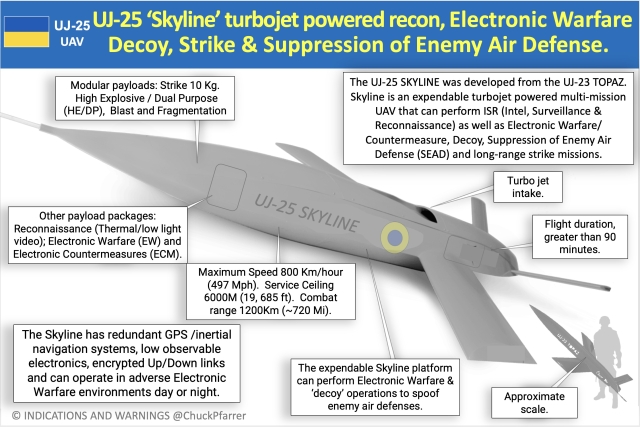
While details about the UJ-25 remain unverified, military analysts highlight its similarities to the UJ-23, suggesting a shared design purpose. Observers note eerie similarities, including a missile-like main body, forward-swept wings, v-shaped tail arrangements, and top-mounted air intakes feeding into a single tiny turbojet engine.
Military correspondent Chuck Pfarrer underscores the UJ-25's jet propulsion as a crucial feature, allowing it to reach target locations rapidly. The drone's characteristics, including speed, small size, and potential stealth features inherited from the UJ-23, make it challenging for enemy forces to detect, follow, or intercept.
Pfarrer's analysis on Platform X outlines the UJ-25's multifunctional capabilities, including Electronic Warfare/Countermeasures, acting as a decoy, and performing Suppression of Enemy Air Defenses (SEAD) operations and long-strike missions. The deployment of the UJ-25 signals a strategic move by Ukraine in its efforts to gather intelligence and navigate advanced Russian air defenses.

